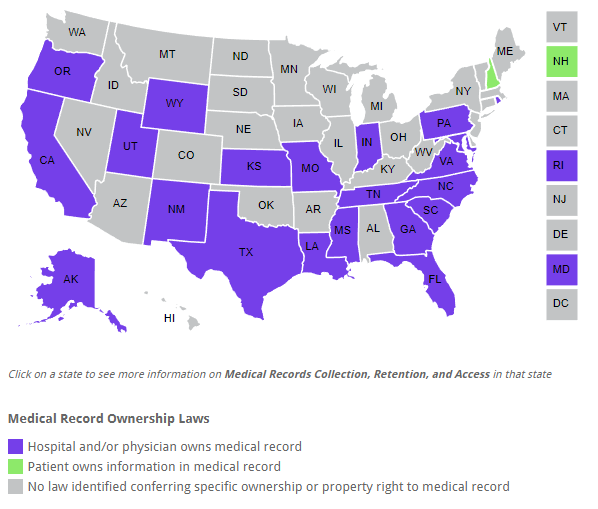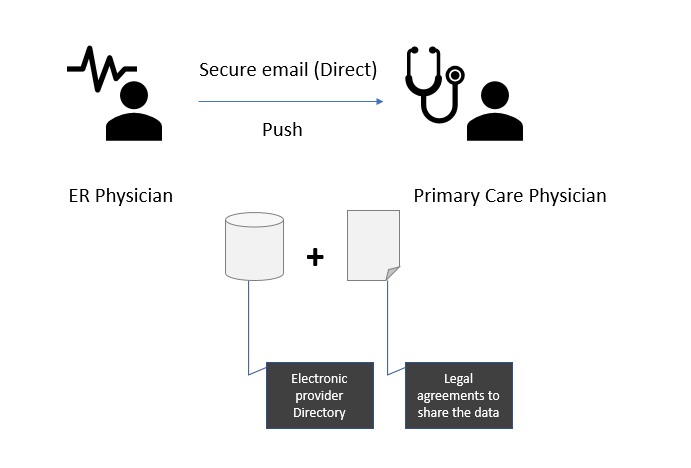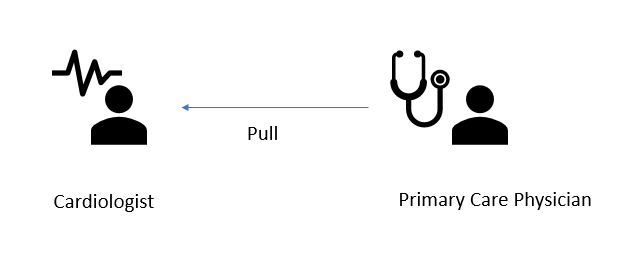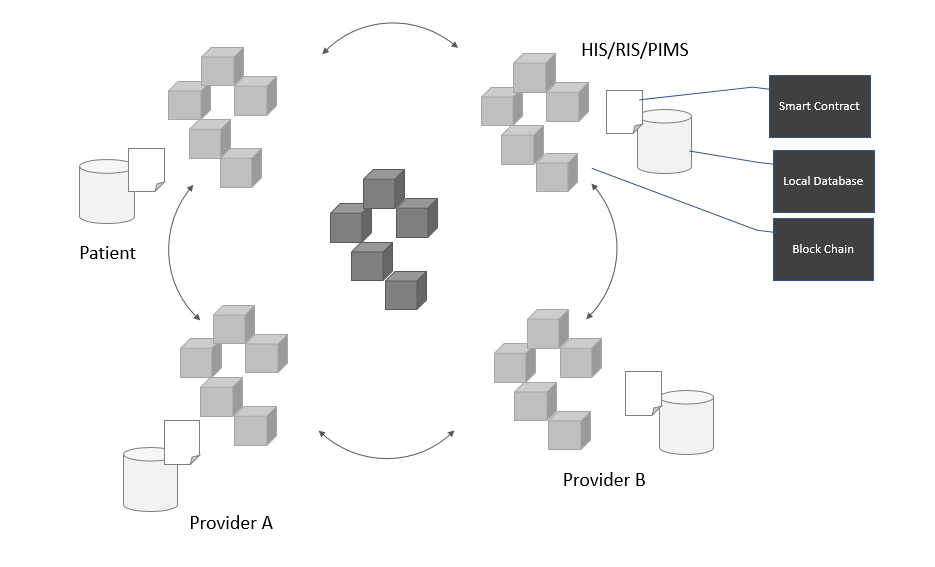by Sai Yammada –
Healthcare organizations and their systems have a nagging problem. Patient information has to be communicated between different hospital systems and stakeholders in a consistent, secure way while maintaining patient privacy. Most of you reading this might say, we have HL7 and HIPAA to cover this. But here are the key challenges:
- Standards: First of all, HL7 is a standard. Which means only organizations and systems that implement it according to the “guidelines” will be able to understand each other only if the interpretation and implementations match. HL7 also does not address operationalizing the communication of information between different HIS (Health Information Systems)
- Global Adoption: Out of the 195 countries in the world only 50 countries have embraced HL7 in some format. What about others? How do they operationalize sharing medical information in a secure fashion while maintaining patient privacy?
- Data Ownership and Integrity: Patients leave health record and life event trails when they switch providers. Once they switch the providers, the historical patient information may or may not be completely transferred to and maintained by the new provider. This is because the stewardship of the data is mainly with the provider and not the patient. So easy access to historical data is not possible.
Here is a map of who owns medical record ownership in 50 states.
from http://www.healthinfolaw.org/comparative-analysis/who-owns-medical-records-50-state-comparison
- Slow access: If the patient requires to update a record, the current HIPAA privacy rule states providers can take up to 60 days to respond to a request (and it is not mandatory to comply)
- Interoperability challenges and fractured patient information: With the current systems, data sharing and maintaining integrity between different HIS (Health Information Systems) is not easy
- Push (the idea of sending a payload of medical information from one provider to another). For example, if an emergency department physician needs to push information to a primary care physician, it requires the following:
- Assumes infrastructure is in place to make it work (such as an electronic provider directory)
- Legal agreements are in place to share the data (establish trust controls)
- No guarantee of data integrity from the point of data generation to the point of data use.
- No standardized audit trail.
- Pull (the idea that one provider can query information from another provider). For example, if a cardiologist needs to query information from a primary care physician, this has the following similar challenges
- Assumes legal agreements are in place to share the data (establish trust controls)
- Consent and permissions are informal and ad-hoc
- No Standardized audit trail
- View (the idea that one provider can view data inside another providers record)
- Security approaches are informal and ad hoc
- No standardized audit trail
- May or may not be existing patient-provider relationship
- Push (the idea of sending a payload of medical information from one provider to another). For example, if an emergency department physician needs to push information to a primary care physician, it requires the following:
- Analytics and Patient 360: The Office of the National Coordinator for Health Information Technology (ONC) states that health researchers require the ability to analyze information from many sources to identify
- Public health risks
- Develop new treatments and cures
- Enable precision medicine.
What is blockchain?
We will not go into a lot of detail describing blockchain as there is extensive information on this on the web. But we will discuss its capabilities especially that can be applied to health care.
- Distributed database: Think of blockchain as a distributed database where each party on the blockchain has access to all information. No single party controls the information. Each party can verify or validate information for its transactions on its own without an intermediary. This also means there is no delay for parties to see each other’s updates.
- Peer-to-Peer communication: Communication between nodes occurs directly instead of going through a central server
- Transparency with pseudonymity: Each transaction in the system is visible to everyone who has access to the system. (Please note public and private blockchains have nuances on how they handle this. Authenticated private blockchains like Hyper Ledger fabric make these stronger.). Each user/node has a 30 letter alphanumeric identity that provides pseudonymity.
- Programmable application states and transactions: One of the greatest advantages of blockchain technology is, the system can keep the history of each transaction. Also with smart contracts, the transactions can be customized with programming. Which means the state of an application running on a blockchain can be stored and monitored.
- Built-in trust and privacy: The technology in blockchain enables it to keep all the transactions immutable, which means any transaction in blockchain cannot be manipulated without breaking the entire chain.
How can blockchain change the way we look at Electronic Health Records (EHR)?
Based on the above mentioned key highlights of a blockchain, it makes a great case for EHRs. Blockchains like Ethereum allow programming of the state of a distributed app (dApp) using smart contracts. Which means each transaction on a blockchain can be programmed. Imagine a smart contract interfacing with existing HIS, and writing information to the blockchain.
Key advantages of using a blockchain for EHR
- Data ownership
Blockchain requires no central authority to regulate data storage. Patients on the blockchain own their data. Any updates from the providers or any history will be maintained. - Speed and availability of EHR
Updates to the patient record are as fast as the blockchain can add a transaction. Which means an update from a provider can be available to the patient almost immediately. - Audit trail
Any updates to medical records can be tracked and audited for historical and legal purposes. - Anonymized data analytics
Portions of the data can be aggregated and anonymized to incentivize more providers to join the blockchain with a health group or an organization (data miners in the blockchain get “ether” for providing computer and storage capacity) - Global
Blockchain whether public or private runs on a peer to peer network. Once the nodes are set up and the software runs it can communicate with peers across the globe.
Conclusion
Blockchain will revolutionize not only health care but all industries. Although you may feel it is in its nascent state, many organizations have heavily invested in it. Also, the technology has evolved since its inception. At RCG, we implement HyperLedger and Ethereum based solutions for both permissioned, private blockchains as well as public blockchains.
References
http://www.healthinfolaw.org/comparative-analysis/who-owns-medical-records-50-state-comparison
To Learn more:
Subscribe to receive more blogs like this from RCG
#IdeasRealized





